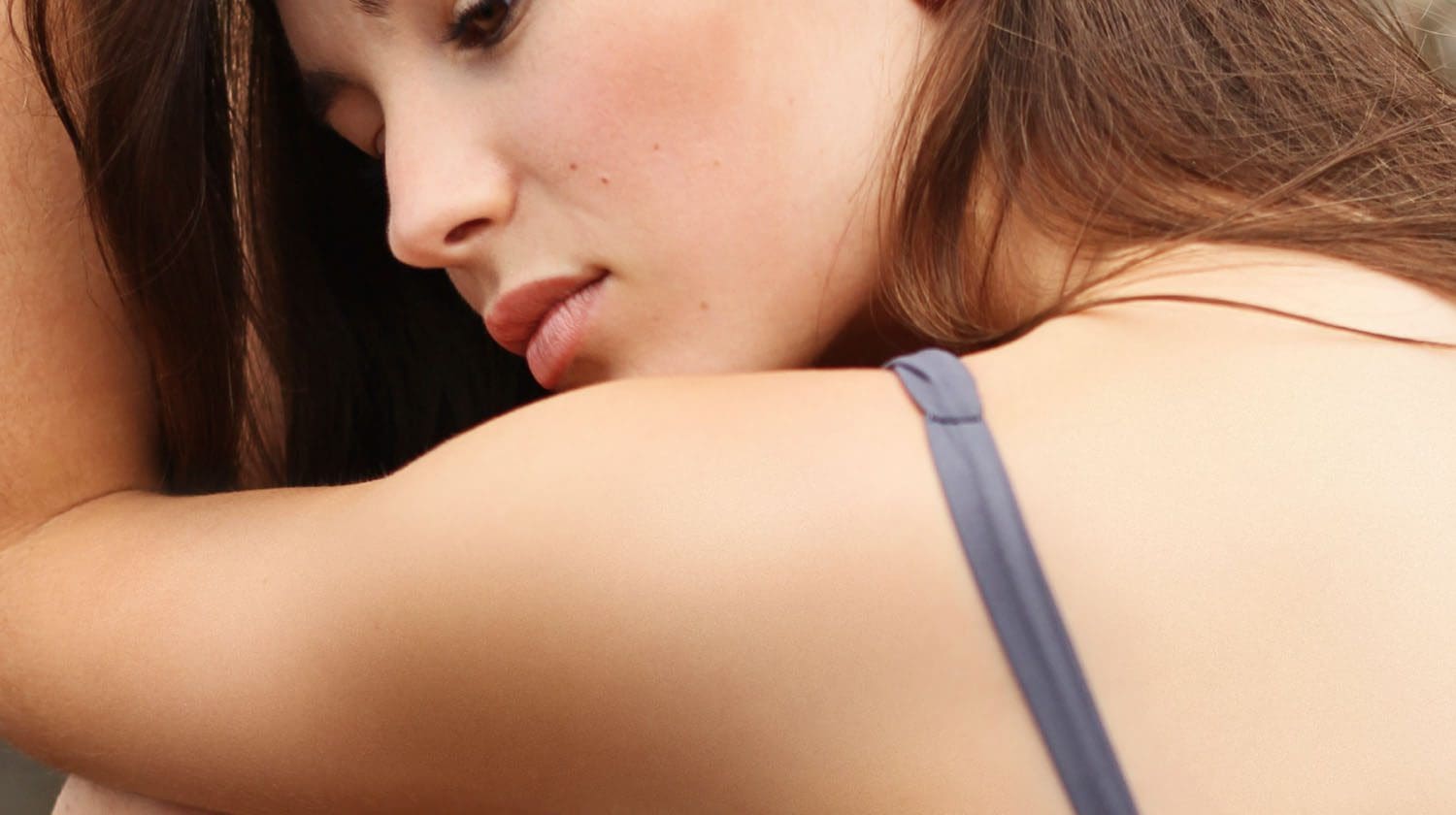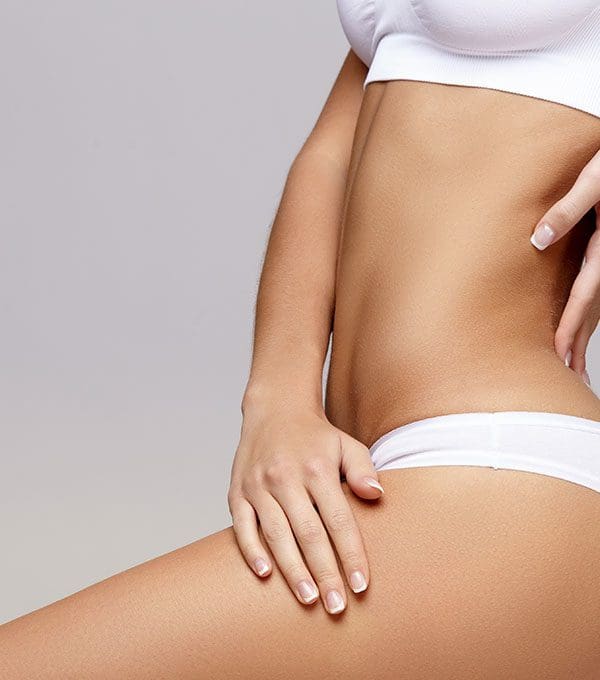Liquid lift with dermal fillers consultation part 2 of 5
What do our clients think? Average 5 out of 5 based on 577 reviewsRead all reviews
Transcript
Naruschka: So, if I give you a mirror, what I’d like you to do is tell me where you were hoping to achieve some change and, you know, what you would like. So, the areas that bother you, that concern you and then, you know, let’s talk about what can be achieved realistically from there.
Sheramin: Ok. So, I basically want to get rid of these lines that I have here and just the fact that it’s very kind of dark around here. So I don’t know if that is going to work here. And obviously these kind of lines that I have around there.
Naruschka: Ok, so let’s start with your eyes. So, looking at your eyes, you do have a darkness and if you notice the darkness is certainly centred on the area where you lack the volume. So, what you’ll find is when we put the filler in there it will brighten up. It may not brighten up a hundred percent. Sometimes I do see that actually where it just goes completely the same as the skin around it. But it may not. It may just brighten enough to just make a nice, visible difference and then you might find that later on, when you get all the collagen, it actually improves further then. So it is good for the darkness. The only thing that I can’t change is if you have actually pigmentation in the skin. Because sometimes as do form patches of pigmentation through sun exposure and until I sort of take your make up away I won’t be able to clarify that. So if I see any areas of pigmentation I’ll certainly point them out to you so that you know that they’re there and understand, you know, what to expect. But sometimes you do get areas, especially when you have a darker, sort of hollow area, you may not see all, you know, a complete overall change immediately. You just get like a significant improvment. Now just coming further out beyond the Tear Tough. Because this area here is the Tear Trough and then here, this area here, this is what we call Malar Groove. So it’s the malar fat pad, when that shrinks it allows this lovely little indentation here to appear.
Sheramin: It’s big, isn’t it?
Naruschka: And it’s actually very common. In fact, lots of people have it even from when they’re very young and then find that, as they get older, it becomes more apparent and you can often see it on small children. So, what I can do is put filler actually in the cheek once I’ve done your Tear Trough to improve that and, you know, it may go away completely. Or you might find that actually it’s significantly minimised to perhaps a very soft little indentation. And then maybe on subsequent treatments that actually eventually it just, you know, continues to improve and eventually goes away.
Sheramin: Yes, I’d be happy with that.
Naruschka: Ok, good. Going down to below here, around your mouth, just below the corners of your mouth. Is that where you meant.
Sheramin: Yes.
Naruschka: Just this area here? Ok, so earlier you were talking about looking sad and wanting to look happier, and this is quite a common thing. When people develop that little area of volume loss which comes just from being really active which you can’t help because obviously we’re great communicators as human beings. Eventually what happens is we do lose fats around the mouth, just through smiling, laughing, talking and all those things. And it does just lead to these little pockets of, you know, of where the fats have just gone down that bit more than around them. And that gives you unfortunately a little bit of a sad look because it’s on the corners of your lips. So it makes them appear as though they are going down when actually they’re not. I mean sometimes it does happen but looking at your lips. Actually there isn’t a downturn in your lips at all. They are positioned, you know, as they should be. So, but filling this area it will take away that effect and actually it will support the corners of your mouth so that, in the future, you won’t get that downturn. Because eventually that is what it would progress into. Ok. Do me a really big smile. Ok, that’s good, and relax, and now I want you to do, do like a, can you pull the corners of your mouth down. Ok, all right. So when you do these movements, can you see that that travels further down. It just becomes a bit more exaggerated. Just, making it obvious for you to see. So what I’ll do is not just treat here, but actually work down a little bit more just to improve the contour there because you can see where there’s been a little bit of fat loss here and it gives what we call a marionette effect. Yes, so just to take that away I will actually treat further down just to bring that contour across to your chin and take the marionette effect away.
Sheramin: Ok.
Naruschka: How’s that sound?
Sheramin: Brilliant. So if I lose weight, how will that affect the dermal fillers?
Naruschka: Ok, so, you, it depends. It is different for different people, you know. If you’re on a weight loss programme and, you know, you’re doing it sensibly so sort of eating regularly but, you know, just eating healthily, it shouldn’t make huge a difference. You might find that the filler will probably settle back a little bit and maybe you just have to top up. But, you know, I have seen cases where actually people miss meals in order to lose weight and perhaps, you know, miss out on a lot of nourishment. And what happens is that your body will respond by taking whatever it needs from, you know, your tissue and that will include your filler because, you know, it’s not discriminating. And so fillers can disappear. Fitness is, has a great impact on filler as well. I find that the fitter people are, the more exercise they do, the more muscle mass they have is the quicker filler goes. So if you’re suddently changing your exercise regime, which sometimes people do when they’re losing weight, that change, you know, boosts your metabolism and so you might find that the life of your filler is a bit shorter. But, you know, as your body gets used to that, eventually when you go into your maintenance you will find it will start to hold onto it. But in the early stages it will just go that bit quicker than it would have.
Sheramin: Ok. Great. I can’t wait.
Naruschka: Ok, so, just looking at your skin while I’m just removing away your concealer, what I can see is the sort of brown little, sort of freckle type indications over your skin. So little tiny brown patches.
Sheramin: Yes.
Naruschka: So, now it appears as though you do have some pigmentation. Because that’s what they are, in the area where I’m going to treat you. So that line you were talking about that sort of travels out over your cheek, ok. When I treat that what you might find is as the skin sort of stretches and becomes smoother, is that actually you may notice them more. Because at the moment while you have a little bit of, you know, devolumisation.
Sheramin: Yes.
Naruschka: Devolumisation, the skin sort of, it’s a little bit sort of scrunched together, so that as you pull that out you might find they become a little bit more apparent. Not hugely so, because they’re not going to get darker, but you might just be a little bit more aware of those. So it’s good to point those out to you because you might think: ‘Ah. Was that there, or has it suddently appeared?’
Sheramin: No, yes, I know I have those. That is from sun damage.
Naruschka: Ok, all right, that’s great. Ok, I mean if you want to later on things can be done to improve that and I would say to you, the best thing is to get, you know, do your fillers and sort of, you know, get all of the contours sorted out and then, if you want to, we can talk about appropriate prescriptive skin care to even and regulate your complexion so that we, you know, basically treat that effect that you have there from all those amazing holidays that you’ve had in the past.
Sheramin: Ok, great.
Naruschka: All right?
To discuss if a Dermal Filler Treatment might be suitable for you, kindly contact us and we will be delighted to organise a free consultation for you.
[sharethis]








